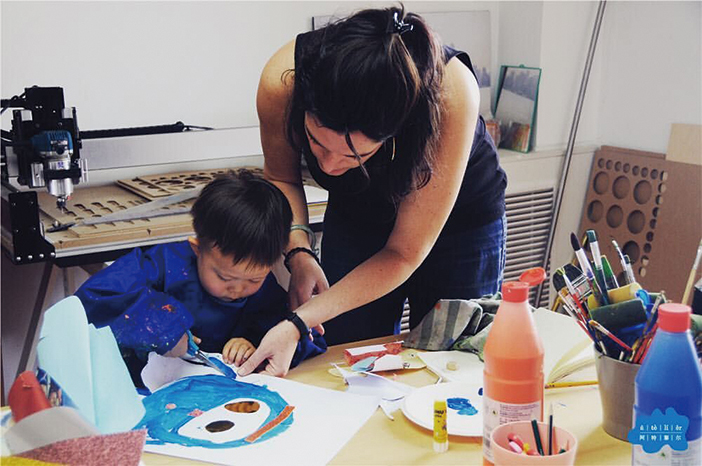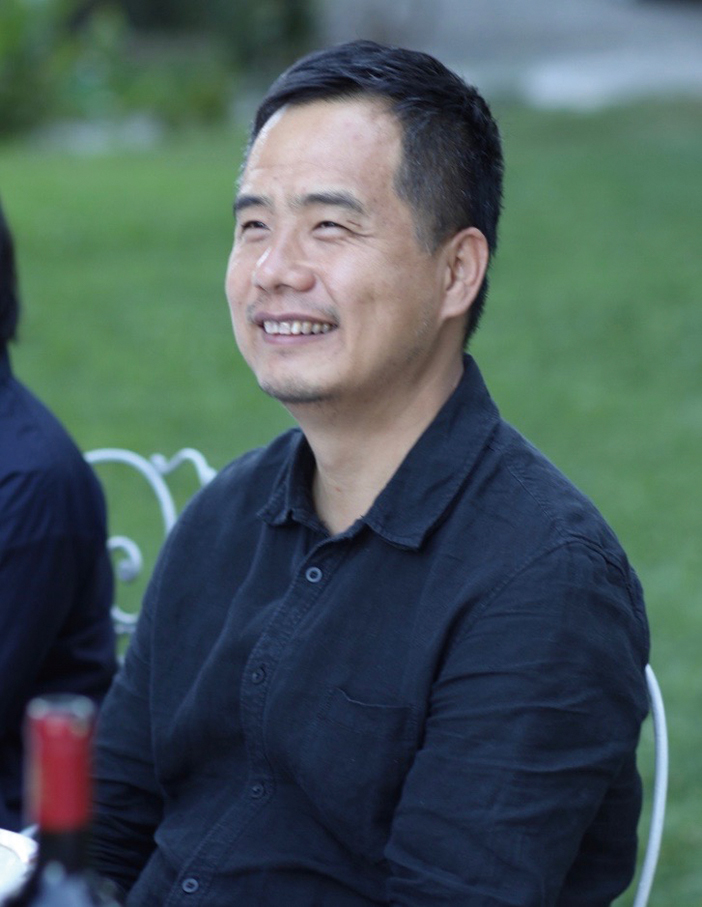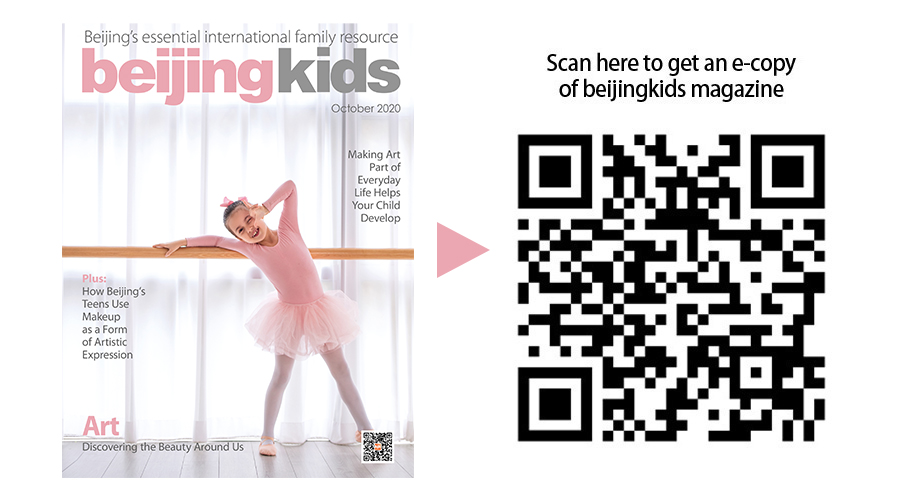Every parenting book says that a child’s first teachers are their parents. As babies, we learn social cues from our parents and their behaviors are the first social interactions that we pick up on and will keep for the rest of our lives. Everything that our parents do on a daily basis is observed and learned.

Meet Marianne Daquet
American author Ursula Le Guin once said, “The creative adult is the child who survived.” So what’s it like to grow up in a family where creativity and art remain a part of adult life? We sat down with two families where art plays a major part in the parents’ lives.
Meet Marianne Daquet, former director of Atelier Art School, who originally came to Beijing on holiday and fell in love with the city that she and her daughters now call home. “In my family, creativity was encouraged, and it naturally guided me to an art school where I studied for five years. I wanted my voice to be heard. I was educated with free speech encouraged, a strong cultural background, and openness on every kind of art, literature, cinema,” Daquet tells beijingkids.

Marianne Daquet and her girls
Now a mom of three, Daquet’s kids explore their creative side at Atelier. With a mom who shares a similar passion for art and creativity, the Daquet household is never short of art supplies and the girls take full advantage of that! “At home, they have full access to art supplies and even cooking, sewing or whatever supplies,” says Daquet. “They have everything that kids need to make their own creations.”
Like in every parenting book ever written, Daquet says that her kids mimic her behavior. This artistic mom has never tried to cultivate a love for art in her children but “it’s part of our lives. They see me drawing, so they draw, they write, one of them is a great chef! The idea is giving them all the possibilities of making and guiding them if they need it.”
Guiding — not teaching. That seems to be the key here. “Art education leads to self-confidence, autonomy, and creativity. Creativity is not an explosion of abstraction — it is an ability to react differently to things. It is powerful not just for artists but for anyone: lawyers, doctors, parents! Art must be taught with guidance and space for experimentation,” Daquet explains.

Artwork by Ma Ke
According to Daquet, kids as young as four or five can be given the chance to start art classes. Before that, they can play with materials, colors, shapes, or any other supplies they can get their hands on to nurture their creativity. While a career in art is still up in the air, Daquet says “I wish for them to do what they want, whatever they desire, whatever makes them happy every day. This is the only thing. Art or not.”
Meet Ma Ke, a professional artist originally from Shandong and a dad to two boys aged six and eight. Ma fell in love with art at a young age. ”When I was around seven or eight years old, I remember watching the neighbor’s kid draw. I raced home to find a pencil and paper. I had a single thought in my mind: ‘I bet I could draw better than he can!’ It seems like this was just yesterday. From then on, art has always been part of my life,” Ma tells us. And true to thought, his passion for art and creativity never stopped, and he was accepted into the Central Academy of Fine Arts in 2000.

Art by Ma Ke
Ma draws on inspiration from all around him to create his works. “I think the root of all growth is love. First, it’s your parents’ love. Then it’s your curiosity for the world. Every time I see something I like, I’m always inspired to make something just as good.”

Meet Ma Ke
So with a professional artist for a dad, does that mean Ma’s boys will follow suit? Not necessarily. “I don’t make my children take art classes outside. If they really want to go, I won’t stop them. If they want to learn about art history, I can teach them all I know. But I think the best teacher is a great work of art,” Ma tells beijingkids. “Sometimes I bring them to my studio to play and draw. The older son sometimes likes to copy my paintings. They both hate going to museums. Maybe it’s not time yet.”
Similar to Daquet’s parenting beliefs, cultivating an artistic interest in children lies in supporting them rather than teaching them. “You can teach yourself how to make art. What other people teach you can sometimes get in the way of your own creativity. Art needs freedom. Free spirits need to grow naturally. Therefore, there is no ‘proper way’,” says Ma.
KEEP READING: How Beijing Teens Use Makeup as a Form of Artistic Expression
Images: Courtesy of Marianne Daquet and Ma Ke, Unsplash
 This article appeared in the beijingkids 2020 October issue
This article appeared in the beijingkids 2020 October issue




